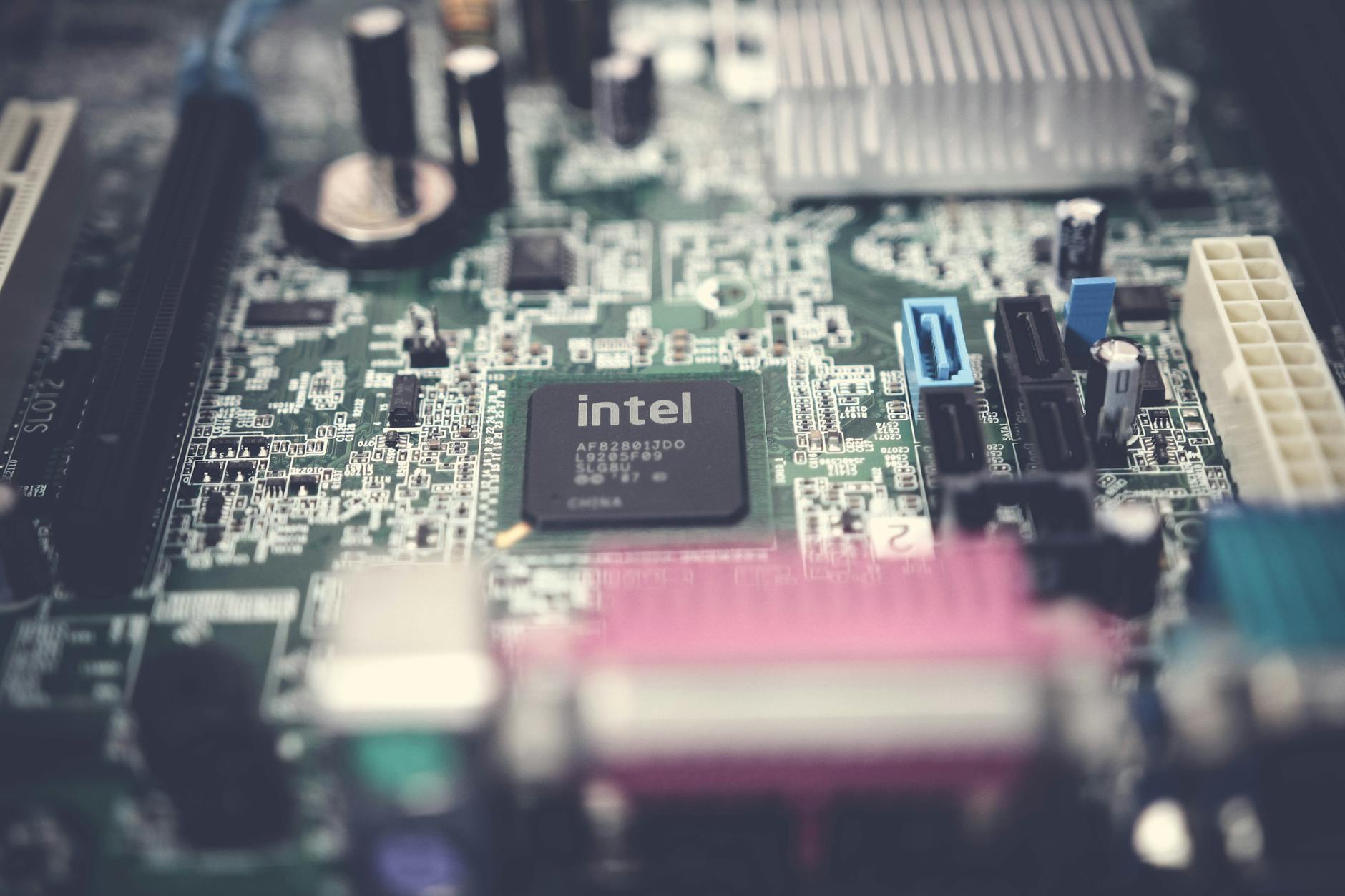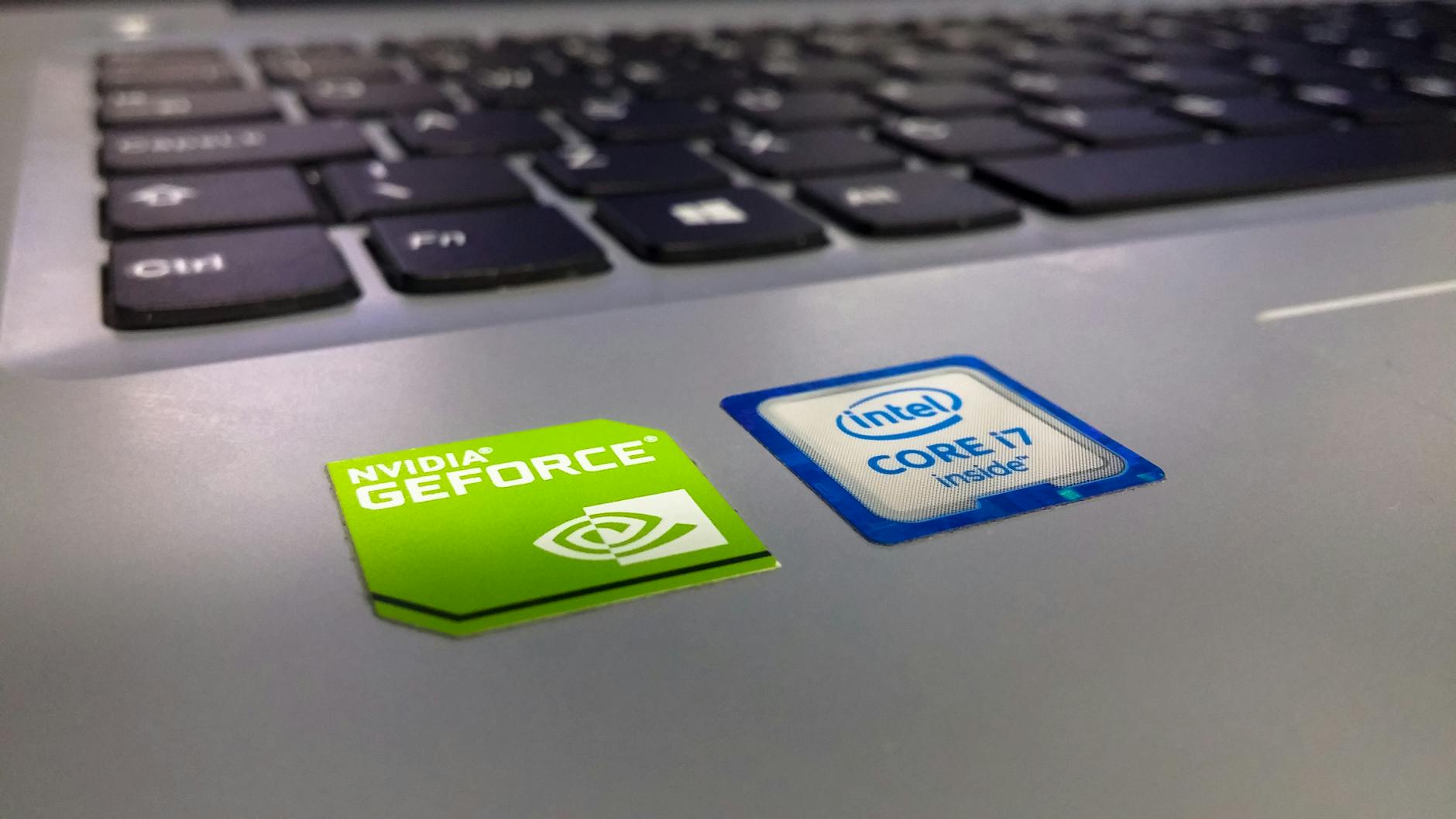In the dynamic landscape of the technology industry, Intel faced a formidable challenge: disruptive threats to its dominance. Professor Christensen played a pivotal role in guiding Intel’s Chairman Andy Grove through this tumultuous terrain, offering not just solutions, but a transformative way of thinking about innovation and adaptation.

In-Depth Analysis of the Case:
Professor Christensen’s intervention was a strategic endeavor aimed at transforming Intel’s approach to disruptive threats. Instead of offering mere band-aid solutions, Christensen embarked on a journey to reshape the company’s mindset and culture. He recognized the importance of not just addressing immediate challenges but also fostering a long-term strategy for sustainable growth.
Christensen’s first step was to challenge Intel’s conventional thinking regarding disruption. He emphasized that disruptive threats should not be feared but rather embraced as opportunities for innovation and expansion. This paradigm shift required Intel to reevaluate its perception of change and view it as a driving force for progress rather than a hindrance.
Through insightful discussions and practical examples, Christensen helped Intel executives understand the underlying dynamics of disruptive innovation. He elucidated how seemingly small and inconsequential disruptions could eventually topple industry giants if left unchecked. Armed with this knowledge, Intel gained a newfound appreciation for the need to stay agile and adaptive in a rapidly evolving landscape.
Furthermore, Christensen’s guidance extended beyond theory into actionable strategies. He worked closely with Intel leadership to develop proactive approaches for identifying and responding to disruptive threats. This involved implementing systematic processes for monitoring industry trends, evaluating emerging technologies, and fostering a culture of experimentation and risk-taking.
By empowering Intel with the tools and mindset necessary to confront disruptive challenges head-on, Christensen laid the foundation for long-term success. The company emerged not only resilient to external disruptions but also poised to capitalize on them as opportunities for growth and innovation. In the end, Christensen’s intervention reshaped Intel’s trajectory, making it a leader in technology’s ever-changing landscape.
Key Lesson: The Significance of Adaptability and Creativity in Strategy Formation
In dissecting Intel’s experience, a crucial insight emerges: the paramount importance of adaptability and creativity in the formulation of strategic initiatives. Rather than adhering doggedly to predetermined plans, Intel’s success hinged on its ability to cultivate a culture of flexibility and ingenuity. This nuanced approach empowered the company to navigate turbulent market shifts swiftly, fostering a dynamic environment for innovation and resilience amidst disruption.

Lessons Learned and Application: Nurturing Adaptability and Forward-Thinking
The case study of Intel serves as a poignant reminder of the indispensable nature of adaptability and forward-thinking in the contemporary tech landscape. It illuminates the path for businesses seeking not only survival but also sustained growth amidst the relentless waves of disruption. At its core, Intel’s journey unveils a blueprint for success rooted in the twin pillars of adaptability and forward-thinking.
Adaptability emerges as a linchpin in Intel’s narrative, showcasing its pivotal role in navigating the tumultuous waters of the tech industry. In today’s fast-paced tech landscape, the capability to pivot quickly is not just advantageous but essential for survival. Intel’s willingness to shed the shackles of complacency and embrace change as an opportunity rather than a threat underscores the transformative power of adaptability.
Moreover, Intel’s story underscores the importance of forward-thinking in charting a course towards sustained success. In a volatile and uncertain environment, businesses must anticipate future trends to stay ahead. By adopting a proactive stance and investing in continuous innovation, Intel not only weathered the storm of disruption but also emerged stronger and more resilient than ever before.
However, the lessons gleaned from Intel’s experience extend beyond mere survival; they offer a blueprint for thriving in the face of adversity. By fostering a culture of continuous learning and adaptation, businesses can transform disruption into an opportunity for growth and innovation. The case of Intel serves as a clarion call for organizations to embrace change as a catalyst for progress and to cultivate a mindset that views challenges not as obstacles but as stepping stones towards success.
In conclusion, Intel’s journey serves as a beacon of hope and inspiration for businesses navigating the treacherous waters of the modern tech landscape. By embracing adaptability and forward-thinking, organizations can chart a course towards sustained growth and prosperity in an ever-changing world. The case of Intel stands as a testament to the transformative power of resilience, innovation, and the unwavering human spirit in the face of adversity.
Learn more:


